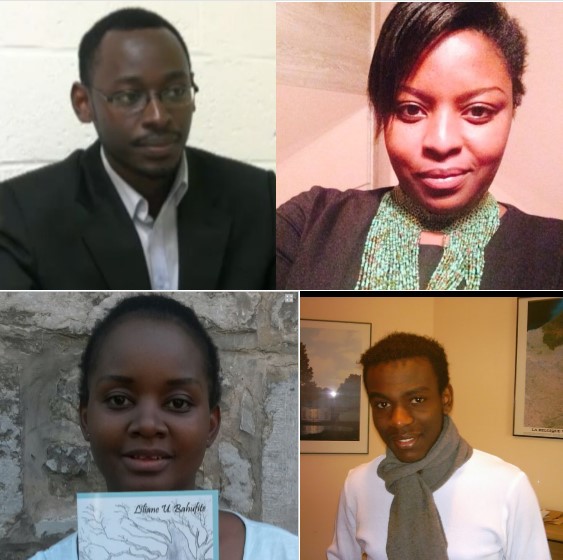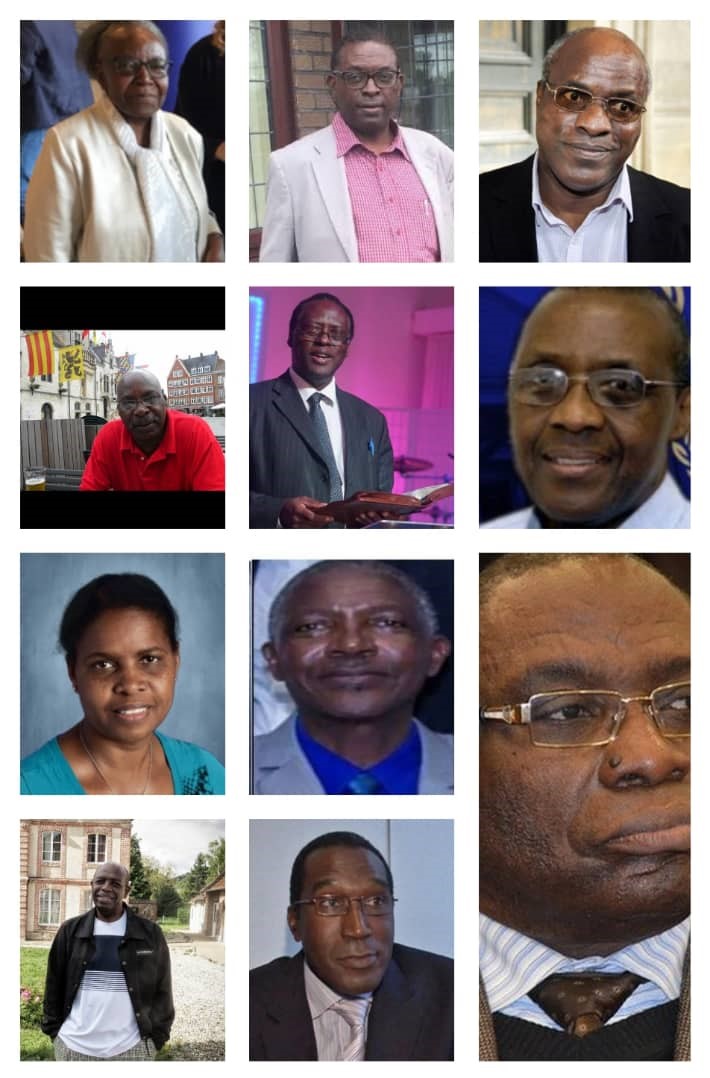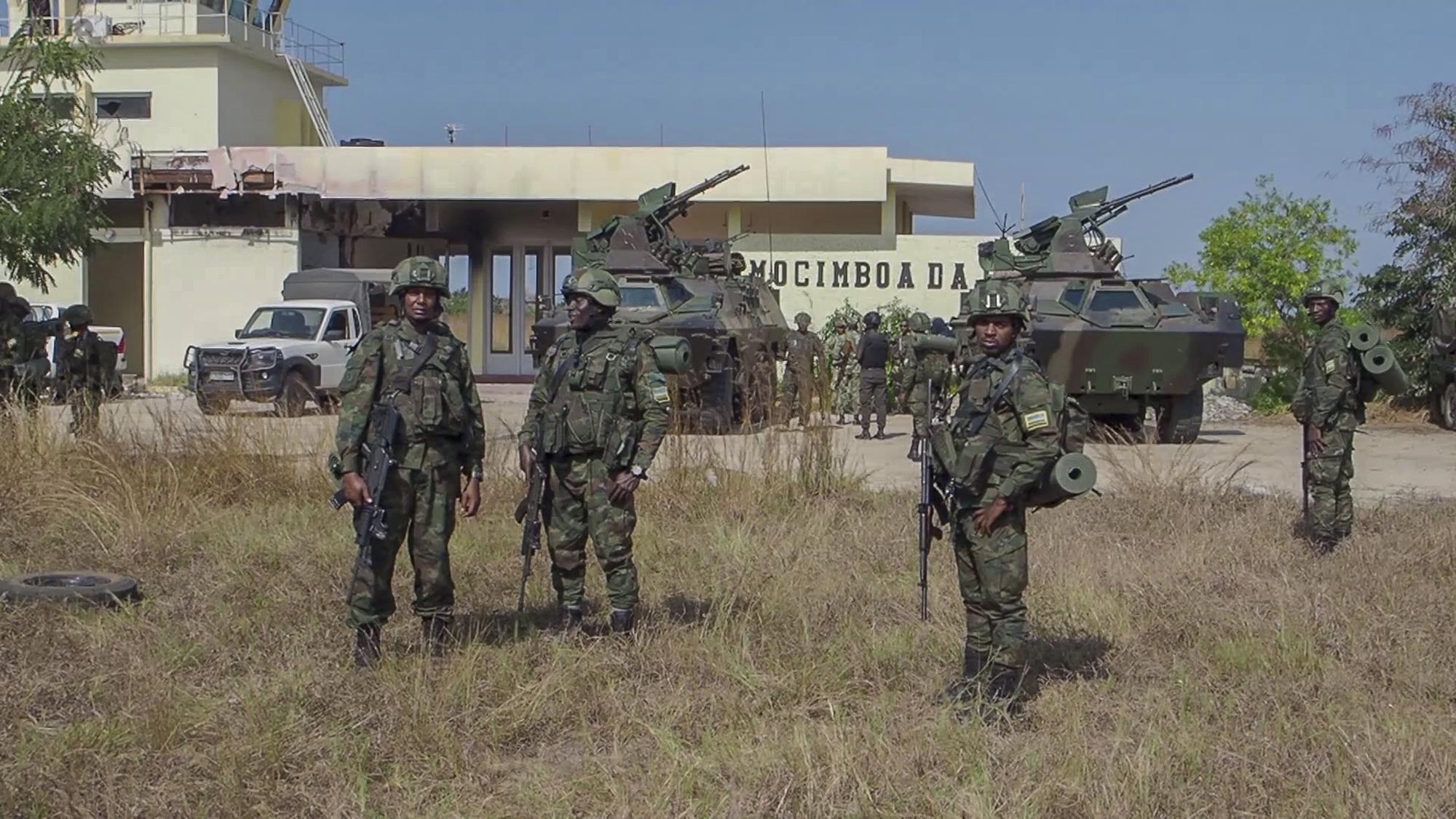International
UK Impunity: Will survivors ever see justice served on five Genocide fugitives?
.jpg-20220625121015000000.jpeg-20230420103353000000.jpeg)
As Rwanda commemorates
for the 29th time the 1994 Genocide against the Tutsi,
survivors still wait for justice from the UK that has become a safe haven for genocide
masterminds.
Currently, at least
five masterminds of the Genocide against the Tutsi enjoy protection from the
United Kingdom, despite efforts by the Rwandan judiciary to bring them to book.
The Genocide exposed
some of the ugliest realities of the world we live in and the real standards of
some of the countries, especially those that claim to be the custodians of
human rights, and who have taken it upon themselves to police other countries,
like the UK often does.
Interestingly, these
powerful countries swiftly become ‘toothless’ when it comes to holding to
account members of Rwanda’s former genocidal regime.
The UK’s unwillingness
to intervene when it was needed the most is a reality that Rwandans will hardly
forget. However, the current incapacity to act against the genocide fugitives who
live freely in the UK is unconceivable.
How did they land in
the UK with hands dripping blood? How do they manage to live untouched despite
calls by genocide survivors to have them in courts of law for the crimes they
committed? What an inconsistency to human rights values and advocacy that the
UK tends to demand from other countries?
Well, only the UK
knows why it still houses these characters.
Below are five men who
continue to enjoy their freedom in the UK while survivors of their atrocities
wallow in grief.
Charles Munyaneza
The 65-year-old lives
in Bedford, UK. He is a former Rwandan mayor accused of commanding Interahamwe
militia to kill thousands of the Tutsi in Commune Kinyamakara, currently Huye
District, which he led. He worked closely with a notorious military Colonel,
Aloys Simba, in exterminating the Tutsi.
At the ICTR trial in
Arusha, Tanzania, evidence was heard that Munyaneza acted ‘in concert’ with Simba
during actions against the Tutsi, handing out weapons and assisting in training
the militia.
Munyaneza is closely
linked to mass killings at ISAR/Songa – a large agricultural research station
in neighboring Huye town. He brought Interahamwe militia from his commune to back
up local Hutu and security forces in killing 8,000 Tutsi who had sought refuge
at the centre.
Celestin Ugirashebuja,
The 70-year old’s current
known address is Walton-on-the-Naze, Essex. He is the former mayor of Kigoma
which, like Kinyamakara, was located in the former Gikongoro prefecture, currently
in southern Rwanda.
During the 1994
genocide against the Tutsi, he worked with members of staff at his commune and
gendarmes (police) to kill the Tutsi who lived in the local vicinity. He
addressed several meetings in which he incited the Hutu community to stand
guard at roadblocks where killings often took place and to expedite the extermination
of the Tutsi in the area.
During the months of April
– July 1994, Ugirashebuja, convened a meeting of local leaders in his commune
and instructed them to set up roadblocks and bring any ‘inyenzi’ (literally
‘cockroaches’ as the Tutsi were called) to him.
The police officers
who were under his direct command played an important part in the massacres, as
he regularly inspected roadblocks to establish how many Tutsi had been killed.
Emmanuel Nteziryayo
He lives in
Wythenshawe, South Manchester.
Nteziryayo, 69, in
1994 was the mayor of Mudasomwa, which was also in Gikongoro prefecture in the
south of Rwanda.
He is said to have
worked with Interahamwe militia, leading them in the massacre of thousands of
Tutsi, especially at the infamous Murambi massacre where tens of thousands were
killed at a local technical school.
Murambi remains one of
the major killing grounds of Tutsi during the Genocide in which over a million
people were killed. At the local technical school alone, at least 50,000 Tutsi were
exterminated.
Celestin Mutabaruka
This génocidaires
lives in Ashford, Kent.
The 67-year-old was
working as the director of a state forestry project in Rwanda in 1994. He is
linked to the killings of Tutsi refugees at Gatare in April, and in May he led Interahamwe
militia to the hills of Bisesero where operations against Tutsi who had fled to
the hills were taking place.
Around 40,000 Tutsi
died at Bisesero, which is located in western Rwanda.
Vincent Bajinya (alias Vincent Brown)
The 71-year-old lives
in Islington, London. He trained as a medical doctor and also worked with the
state population control agency, then called ONAPO. In 1994, Bajinya commanded Interahamwe
militia at roadblocks near his house in Kigali, and in north west Rwanda, where
the Tutsi were stopped, and hacked to death.
What is the UK waiting for?
With such tangible
facts pinning the five génocidaires who live in the UK, several questions that
Rwandans have failed to answer for decades remain; for how long will the UK
protect these fugitives?
What are the UK’s interests in keeping these five
genocide suspects unchecked?
How does the UK
justify its decades-long indifference on the Genocide against the Tutsi and its
double standard on human rights and justice?
Well, Rwandans being
unable to answer these questions, the one thing they have come to understand is
that, the so-called universal human rights advocates and self-proclaimed
custodians of human rights like the UK are the very ones that failed miserably
to walk the talk in the face of the Genocide against the Tutsi.
The United Kingdom can
choose to keep being a safe haven to the genocide suspects.
But it should never
have the moral authority to point a finger at any country over human rights
issues.











